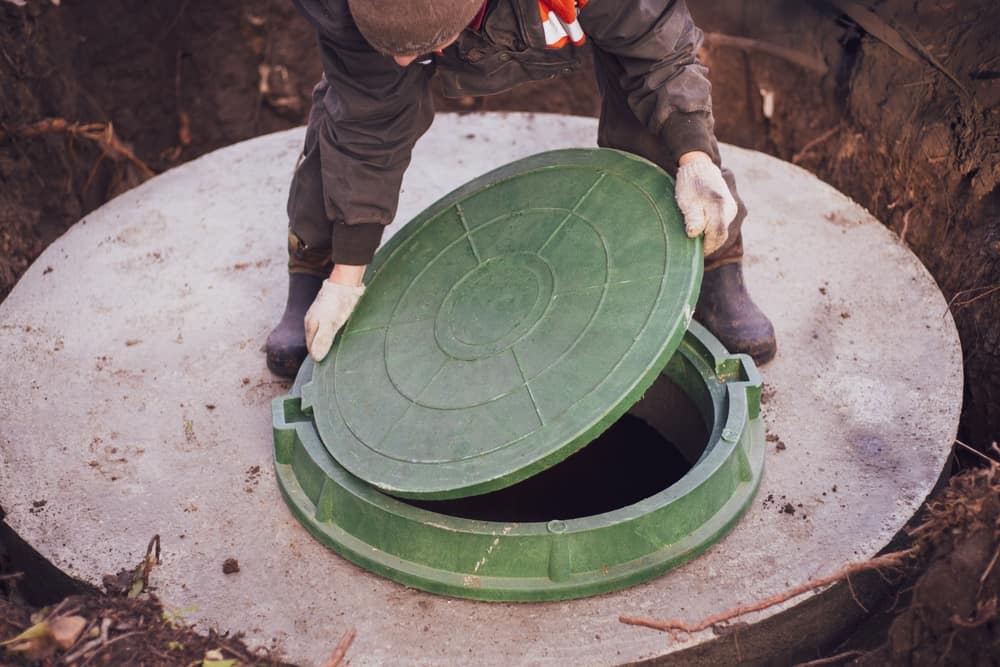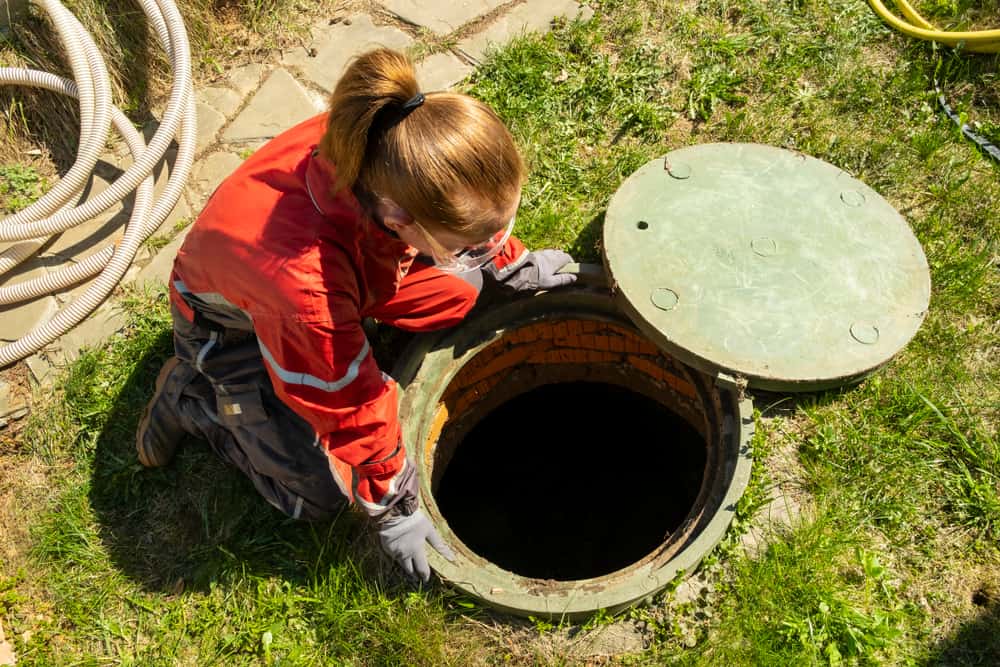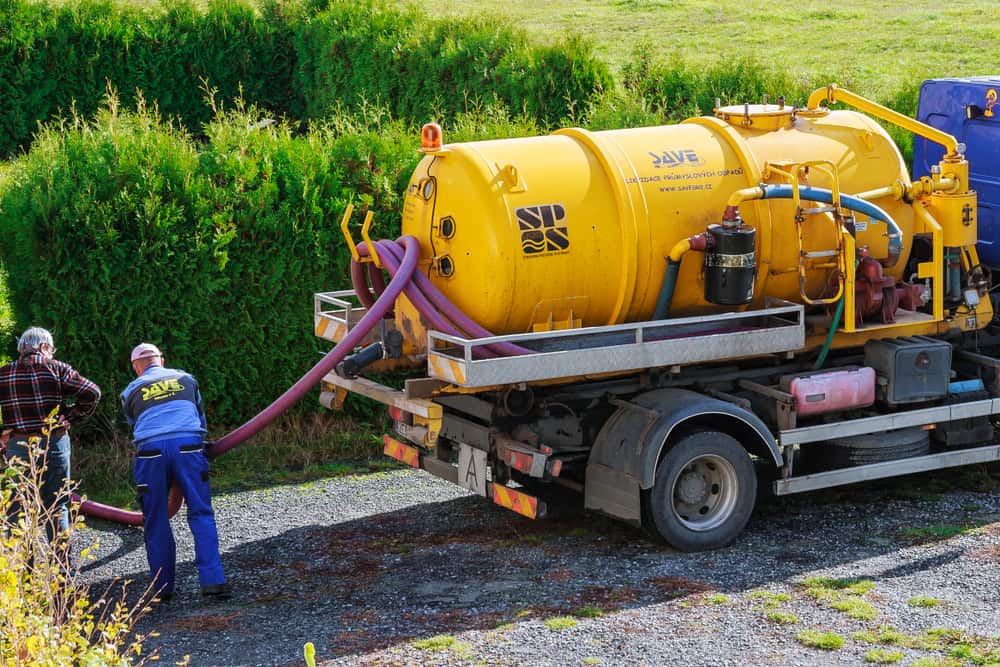What our clients say




The Most Reliable Cesspool Solutions in Great Neck, NY
Why Choose EZ Cesspool for Cesspool Service?
When it comes to cesspool solutions, it’s essential to partner with a company that prioritizes reliability and quality. At EZ Cesspool, we pride ourselves on delivering top-notch Cesspool Repair, Cesspool Maintenance, and Cesspool Installation services to residents of Great Neck, NY, and the broader Nassau County. Having served the community for several years, we have a deep understanding of the unique cesspool challenges that property owners in this region face. With EZ Cesspool, you are not only hiring experts but also a team that truly cares about the longevity and efficiency of your cesspool system.
Being a local company based in Great Neck, NY, we understand the importance of prompt response and efficient service. Whenever you’re faced with an unexpected cesspool emergency or need routine maintenance, you can trust EZ Cesspool to be there. Reach out to us today at 516-676-1199, and let our experienced team guide you.


Comprehensive Cesspool Services We Offer
EZ Cesspool is your one-stop-shop for all things related to cesspools. Our wide range of services includes:
- Cesspool Repair: Over time, wear and tear can impact the efficiency of your cesspool. Our team is equipped to handle any repair needs, ensuring that your system functions optimally.
- Cesspool Maintenance: Regular maintenance is key to the longevity of your cesspool system. EZ Cesspool offers scheduled maintenance packages tailored to your needs, ensuring that your cesspool remains in peak condition.
- Cesspool Installation: Whether you’re building a new property in Great Neck, NY, or replacing an old cesspool system, our team can provide seamless installation services. We ensure that the installation process is smooth and aligns with the regulatory standards of Nassau County.
All our services come with the EZ Cesspool guarantee of excellence. Residing in Nassau County means dealing with specific environmental factors that might affect your cesspool system. Our deep local knowledge and understanding of these factors make us the best choice for all your cesspool needs. To discuss your requirements or for any queries, don’t hesitate to dial 516-676-1199.

Building Trust with Every Service
Trust is earned, not given. At EZ Cesspool, every project we undertake, whether big or small, is a step towards cementing our reputation as the go-to cesspool service provider in Nassau County. The recommendations and referrals from our satisfied customers in Great Neck, NY, are a testament to the quality of our work and the trust we’ve built over the years.
We recognize the vital role that a functional cesspool system plays in the day-to-day lives of residents. As such, we commit to using only the best materials, employing experienced technicians, and adhering to the highest standards of safety and professionalism.
In conclusion, when you choose EZ Cesspool for your cesspool needs in Great Neck, NY, you’re not just getting a service; you’re investing in peace of mind. We’re here to ensure that you receive the very best cesspool solutions, tailored to your specific needs and backed by our unwavering commitment to excellence. Choose wisely, choose EZ Cesspool.
Contact Us
Great Neck is a region on Long Island, New York, that covers a peninsula on the North Shore and includes nine villages, among them Great Neck, Great Neck Estates, Great Neck Plaza, Kings Point, and Russell Gardens, and a number of unincorporated areas, as well as an area south of the peninsula near Lake Success and the border territory of Queens. The incorporated village of Great Neck had a population of 9,989 at the 2010 census, while the larger Great Neck area comprises a residential community of some 40,000 people in nine villages and hamlets in the town of North Hempstead, of which Great Neck is the northwestern quadrant. Great Neck has five ZIP Codes (11020-11024), which are united by a park district, one library district, and one school district.
Useful links for Great Neck, NY
Call Us Today!!
EZ CESSPOOL
We’re Available 24/7 For Emergencies – Ranked #1 Best Service – Residential & Commercial Cesspool Inspections
